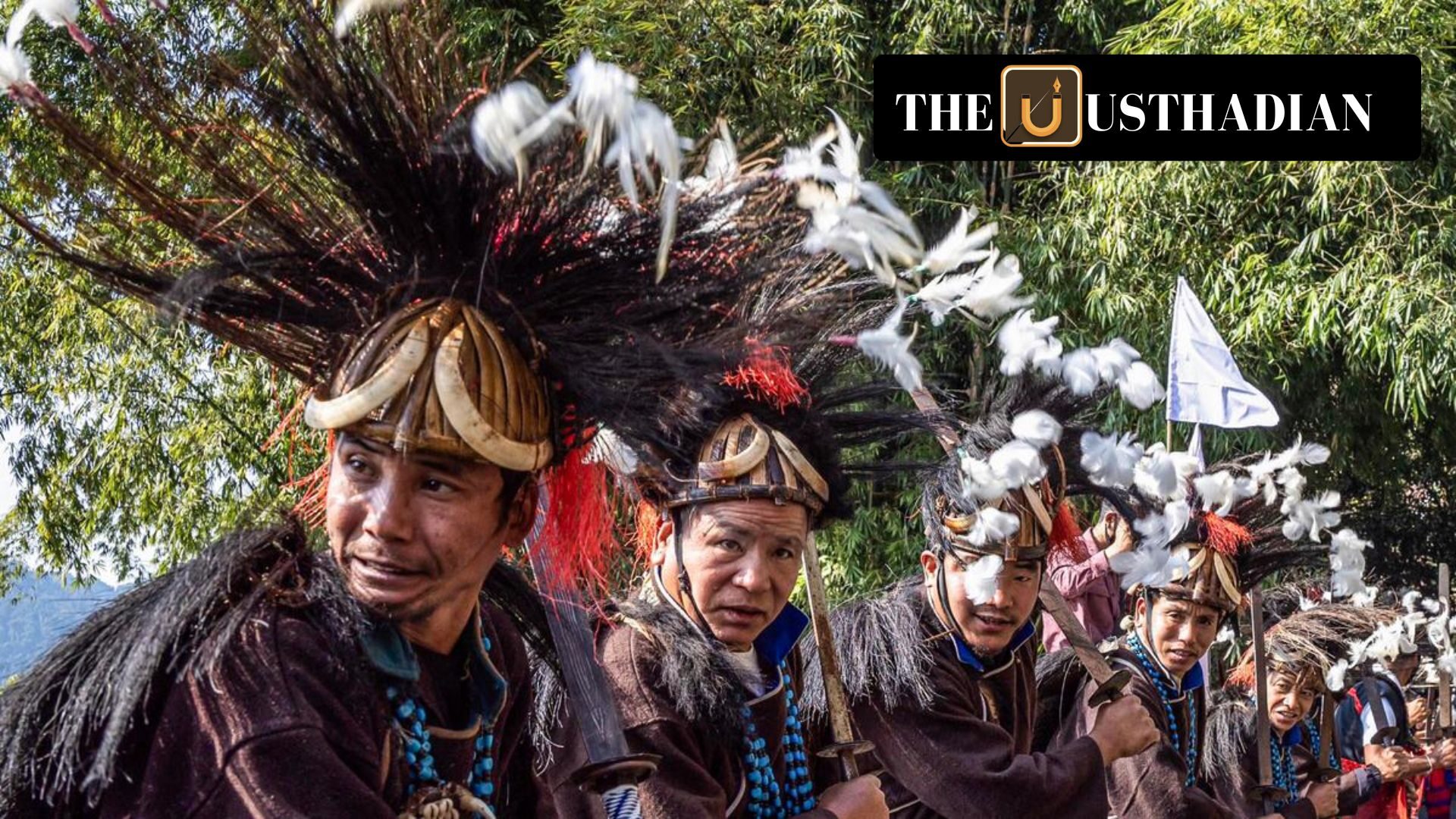A Landmark Study Maps India’s Forgotten Communities
India Considers Recognising 179 DNT, NT, and SNT Communities for Reservation Benefits: For the first time, a national-level survey has undertaken the task of documenting India’s long-neglected Denotified, Nomadic, and Semi-Nomadic Tribes. This groundbreaking project, led by the Anthropological Survey of India (AnSI) with the support of Tribal Research Institutes (TRIs), studied 268 communities spread across 26 states and UTs. The research began in early 2020 and wrapped up by August 2022, covering a diverse set of communities often left out of government lists.
Institutions in Odisha, Gujarat, and Arunachal Pradesh were actively involved in collecting ground-level data. Their task was not just to classify, but to understand each community’s history, lifestyle, and present-day challenges.
Over 170 Groups Recommended for SC/ST/OBC Inclusion
Out of the total surveyed, 179 communities have been put forward for inclusion in the Scheduled Castes (SC), Scheduled Tribes (ST), and Other Backward Classes (OBC) lists. A notable 85 groups are brand-new additions, with 46 suggested for OBC, 29 for SC, and 10 for ST categories.
The state of Uttar Pradesh tops the list in terms of proposed inclusions (19), followed by Tamil Nadu, Andhra Pradesh, Madhya Pradesh, and Rajasthan, each with 8 suggestions. For example, a traditional healer group from Rajasthan that has never received formal recognition might now be eligible for welfare programs and job reservations.
Missing Tribes and Complex Clearances
An unexpected finding was that 63 communities couldn’t be located at all. Experts say this could be due to migration, assimilation, or even a name change over time. One researcher admitted that tracing each group took months of fieldwork, countless interviews, and deep archival digging. Yet, some communities were still elusive.
The report was submitted to the Ministry of Social Justice in August 2023, but its implementation is on hold. As per constitutional norms under Articles 341 and 342, any such inclusion must begin with the state governments, followed by reviews from the Registrar General and national commissions, before becoming law.
New Voices Call for Separate Quota Structure
While the current proposal recommends fitting these tribes into existing categories, some experts argue for a dedicated reservation block. They claim that being branded as DNT, NT, or SNT carries historical stigma, which is different from the discrimination faced by mainstream SC, ST, or OBC groups.
The Development and Welfare Board for DNTs (DWBDNC) is now reportedly exploring whether a separate vertical or sub-quota might be a more appropriate solution for these communities. This would ensure that their unique identities and challenges are not diluted.
The panel that commissioned this study was created in February 2019 by the Prime Minister’s Office. It included the NITI Aayog Vice-Chairman, Bhiku Ram Idate (former National Commission head), and Dr. J.K. Bajaj from the Centre for Policy Studies. Their mandate was to build on the earlier work done by the 2017 Commission, which had flagged the exclusion of 269 tribal communities from formal classifications.
This study sheds light on a major gap in India’s welfare system. For students preparing for UPSC, TNPSC, or SSC, understanding this shift in reservation policy and the constitutional process behind it is crucial.
Static GK Snapshot
India Considers Recognising 179 DNT, NT, and SNT Communities for Reservation Benefits:
| Topic | Details |
| Communities surveyed | 268 |
| Communities recommended for inclusion | 179 |
| Constitutional Articles | Article 341 (SC), Article 342 (ST) |
| Agencies involved | AnSI, TRIs, NITI Aayog |
| Year study launched | 2020 |
| Year study completed | 2022 |
| States with most recommendations | Uttar Pradesh, Tamil Nadu, Rajasthan |








